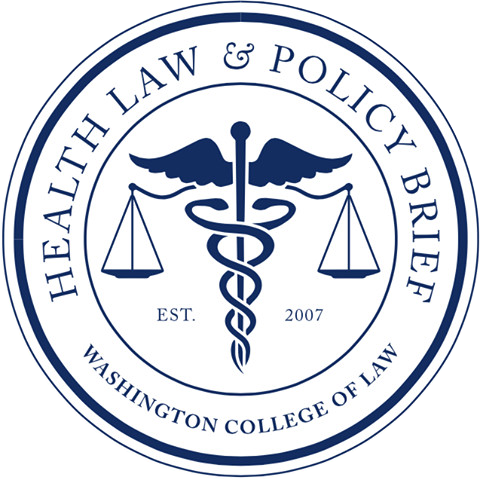Chaos ensued in the nursing home industry after the federal Centers for Medicare and Medicaid Services (CMS) issued its final rule mandating minimum nurse staffing in every nursing home that accepts Medicaid and/or Medicare funds. This means virtually all U.S. nursing homes will be subject to the new rules as of April 22, 2024. The reaction has been swift, with 20 states joining together to sue the U.S. federal government over the requirements, representing a significant pushback against the Biden administration’s attempt to upgrade the quality of care in long-term care facilities (“LTCs”). The new rules require that nursing facilities have a registered nurse on campus twenty-four hours a day, seven days a week as well as additional specified staffing levels for all other nursing staff (e.g., licensed practical nurses and certified nursing assistants).
Staffing minimums in nursing homes are not new by any means; since 1987, with the passing of the Nursing Home Reform Law, facilities have been required to ensure sufficient staffing at all times so that residents can “attain and maintain her highest practicable physical, mental, and psycho-social well-being.” However, the law was rarely enforced, leading to a less-than-optimal standard of care. This new law adds a quantitative requirement to improve enforcement of the purely qualitative 1987 Nursing Home Reform Law.
The real question is, how will this new law impact nursing homes now? The benefits of increased staffing are clear: more staff means more efficient care. But why would 20 states be suing over it? The slow implementation of the new rule puts current residents at risk; CMS is allowing years for facilities to comply with the rule, and facilities that have trouble staffing to the new minimum will likely have to stop admitting new residents. Additionally, the new rule gives so-called “hardship exemptions,” giving any facility that meets the requirement for hardship to skirt the rules, allowing for less than stellar care for residents.
Furthermore, paying for the increase in staff is likely a non-issue for the majority of facilities as most nursing homes are run as for-profit businesses, with regular investments by Private Equity, Real Estate Investment Trusts, and other highly polished investors. In fact, nursing homes had total net revenues of $126 billion and a profit of $730 million in 2019. Additionally, spending for residents’ direct care comprised only 66% of net revenues, including 27% on nursing, in contrast to 34% spent on administration, capital, and others.
Despite most nursing homes seeing large net profits, attorneys general from the twenty states participating in that lawsuit contend that the new requirements are not feasible in rural communities that don’t have the same venture capital presence. Moreover, traditionally, nursing home care has been regulated at the state level, arguing that this mandate “represents an overreach of federal power and fails to account for the diverse needs and resources of different states and communities.” States further assert that the new rule represents a one-size-fits-all model that fails to account for the unique needs of different patient populations.
As the lawsuit proceeds through the legal system, it will likely have notable implications for nursing home care policy throughout the United States. The outcome of the case will likely set important precedents regarding state and federal authority over healthcare regulation.
